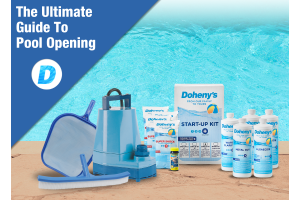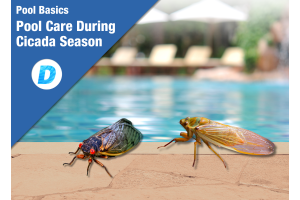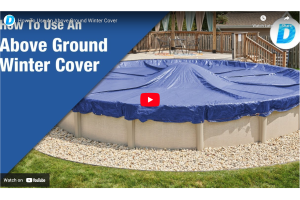How to Chemicals: Everything You Need to Know About Pool Chemicals
Calculating Pool Capacity: It is important to know your pool’s capacity in order to calculate the proper quantity of chemicals to maintain water that is clear and sanitized. The chart at the right guides you in determining capacity for the shape and size of your pool.
Rectangular pool: Length x Width x Average Depth x 7.5 = Total Gallons
Oval Pool: Long Diameter x Short Diameter x Average Depth x 5.9 = Total Gallons
Circular Pool: Diameter x Diameter x Average Depth x 5.9 = Total Gallons
Chlorine disinfectant – most common sanitizer in pools. Chlorine residual (chlorine remaining after all reactions and dissipation have occurred) is measured in parts per million (ppm). The ideal range is 1.0 to 3.0 ppm.
Bromine An alternative sanitizer to chlorine – bromine is not as harsh on skin, eyes, hair and swim wear as chlorine. Bromine residual is measure in ppm. The ideal range is 3.0 to 4.0 ppm.
pH pH level is the acid/base content of water. Proper levels should be maintained in order to prevent eye/skin irritation as well as surface and equipment damage. The ideal range is 7.2 to 7.6 ppm.
Total Alkalinity is the measurement of certain minerals in the pool water. These minerals act as a buffering agent that allow for the control of pH levels. The ideal range is 100 to 150 ppm (plaster pools) 175 to 250 ppm (fiber glass, vinyl or painted pools.)
Calcium Hardness is the level of calcium and magnesium minerals in the water. These minerals exist naturally in all water. 225 to 300 ppm (gunite pools) 175 to 250 ppm (fiberglass, vinyl or painted pools.)
Stabilizing Chemicals prevents ultra-violet rays of the sun from prematurely dissipating chlorine. Also referred to as cyanuric acid. The ideal range is 40 to 100 ppm.
You might also be interested in reading:






